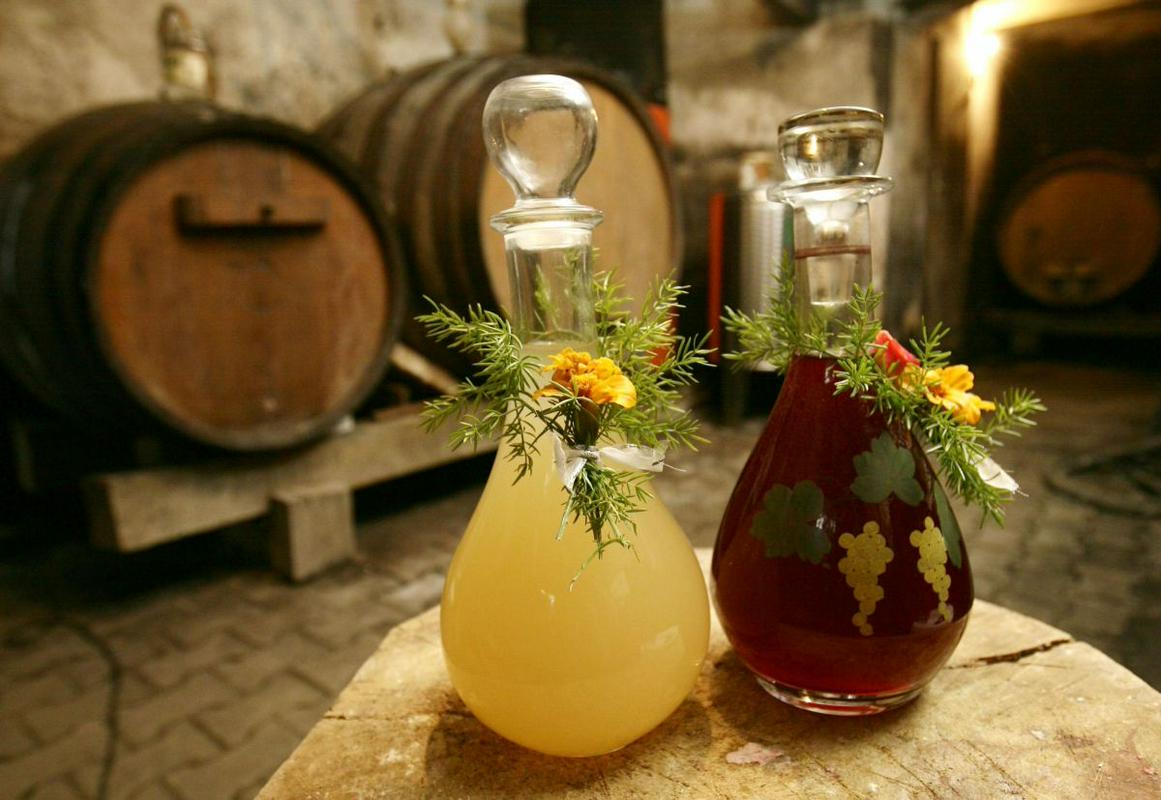
November 11 is a special day for Slovenia – that’s when, according to tradition, grape juice or must officially turns into real wine. Many families also mark the day with a special feast, often featuring duck or goose.
Like so many Christian traditions in Europe, St. Martin’s Day has its origins in pagan times. For centuries, it was a day of thanksgiving, when peasants expressed their gratitude for the just-completed harvest and asked for another favorable year. It was also a time when the landowners met with the peasants to discuss their plans for the next harvest. With the advent of Christianity, the pagan holiday was refashioned to honor Martin of Tours, a 4th Century Hungarian-born bishop who was later declared a saint.
Some traces of the day’s pagan roots are still evident. In Slovenia’s Goriška Brda region, for instance, locals spike an apple with Mediterranean plants. If the spiked apple then dries nicely, a bountiful growing season is likely the following year, but if the apple rots, the year ahead will be fraught with problems. The traditions vary according to the region. Near the Adriatic Coast, the day is devoted to celebrating olive oil, a traditional staple of the region.
Most importantly, however, St. Martin’s Day is when grape juice, also known as must, is said to turn into mature wine. This tradition is unique to Slovenia and parts of inland Croatia, but it derives from the day’s ancient status as an important seasonal passage. In honor of the symbolic event, many people in winegrowing regions dress as bishops and other religious figures before the day concludes with a traditional family feast.
The St. Martin’s Day meal almost always consists of poultry, usually duck or goose, which is accompanied by “mlinci,” old-fashioned flatbread tatters covered with duck or goose fat. As with so much related to this holiday, the tatters also have ancient origins; they may even be related to the unleavened matzo bread traditionally eaten by the Jews.
St. Martin’s Day is also the beginning of Slovenia’s holiday season, whose celebrations, mostly pagan in origin, mark the advent of the darkest and coldest season – and the promise of a brighter year ahead.

































































